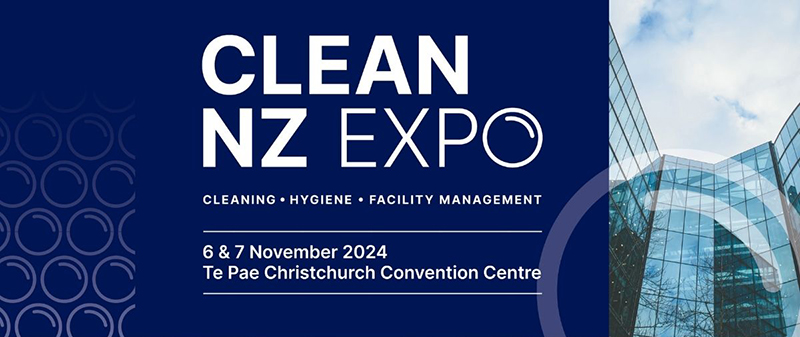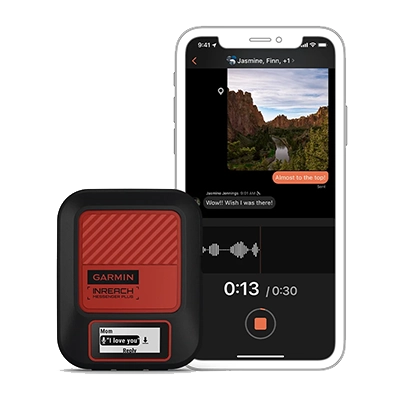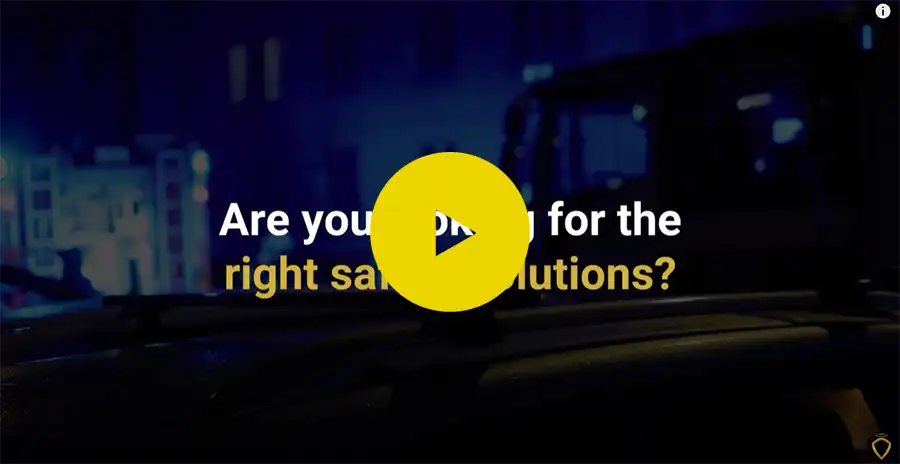- PCBU must provide effective communication, meaning if there’s no cell cover, you need an alternative, and if the risk is such that the communication, ie cell phone, can’t effectively be used (imagine a dog or person about to attack you and you have to try find your phone, dial 111, request the service you want, explain where you are and what’s happening…… clearly not effective).
- Work can be remote or isolated from the assistance of other persons because of location, time, or the nature of the work. Work can be isolated without being remote, and be remote without being isolated.
We have man down solutions in places like large ports, warehousing and manufacturing plants where people are working out of line of sight of others. Here’s a summary of the actual wording (download a PDF of the HSWA guidelines).
PCBUs must first try to eliminate a risk if this is reasonably practicable. If it is not reasonably practicable to eliminate, the risk must be minimised so far as is reasonably practicable.
If remote or isolated work is to take place, PCBUs must follow the prescribed risk management process described in Section 2 of these Guidelines to manage risks to the health and safety of a worker who performs remote or isolated work.
In addition, the PCBU must provide a system of work that includes effective communication with workers. What constitutes an effective communication system will also depend on the sorts of risks faced by the worker (and may need to include panic systems). A communication system that has gaps in coverage or cannot be used in an emergency is unlikely to be effective.
Examples of control measures for remote or isolated workers include to:
- Have a buddy system or to work together with others.
- Be trained in emergency procedures including what to do during natural disasters.
- Carry appropriate supplies including suitable first aid equipment.
- Have access to adequate facilities (water, eating facilities, toilets, accommodation) at the remote location.
- Carry communication devices that work at the remote location (eg radio, satellite or cell phones, pagers or distress beacons) and another means to raise the alarm.
- Contact home to check-in at specified times (or are contacted by another worker at specific times) with failure to check-in triggering the emergency response plan.
- Be remotely monitored (eg using CCTV).
For lone workers, consider:
- Is the work suitable to be carried out by a lone worker or if the worker proposed to carry out the work has the competence to work alone and be unsupervised?
- Can the work be done using a buddy system?
- What support systems (such as radio telephones, man-down alarms, emergency procedures and first aid kits, and safety checks) may help to reduce the risk?
- Work can be remote or isolated from the assistance of other persons because of location, time, or the nature of the work. Work can be isolated without being remote, and be remote without being isolated.
Remote or isolated work includes:
- Working alone or separated from colleagues.
- Working in a geographically isolated or inaccessible area –where the nearest emergency help (eg fire service or hospital) is some distance away.
Working outside normal business hours or shift/night work. - Working in locations where communication is difficult.
If you have any questions Please get in touch for guidance and impartial, evidence-based advice to make the responsible choice for the safety of your Lone Workers.



